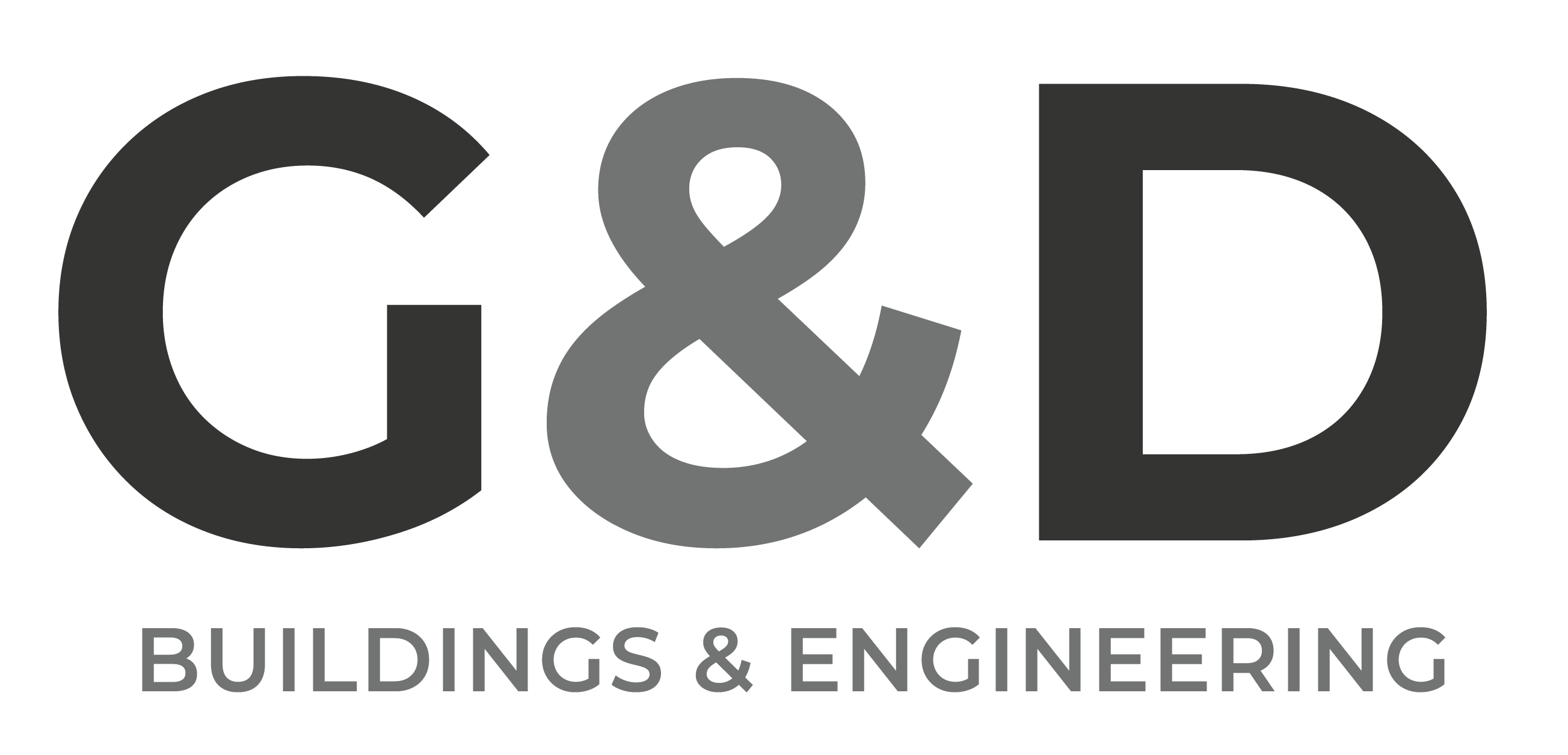Fitness and Exercise are crucial components of a healthy lifestyle, contributing to physical, mental, and emotional well-being. Here’s a comprehensive look at the key aspects:
- Types of Exercise:
- Cardiovascular (Aerobic) Exercise: Activities like running, cycling, swimming, and brisk walking improve heart and lung health, boost endurance, and help burn calories.
- Strength Training: Lifting weights, resistance bands, and bodyweight exercises (like squats, push-ups) build muscle mass, increase strength, and enhance metabolism.
- Flexibility and Mobility: Stretching, yoga, and Pilates improve range of motion, reduce muscle stiffness, and prevent injuries.
- Balance and Stability: Exercises like Tai Chi, balance boards, and single-leg exercises help enhance coordination and prevent falls, especially in older adults.
- Benefits of Regular Exercise:
- Physical Health: Reduces the risk of chronic diseases such as heart disease, diabetes, obesity, and hypertension. Regular exercise also improves bone density and joint health.
- Mental Health: Boosts mood, reduces anxiety and depression, enhances cognitive function, and helps manage stress by releasing endorphins, the body’s natural feel-good hormones.
- Improved Sleep: Regular physical activity promotes better sleep quality, helping you fall asleep faster and enjoy deeper rest.
- Weight Management: Exercise helps burn calories and build muscle, which increases metabolism and aids in maintaining a healthy weight.
- Exercise Guidelines:
- Frequency: Aim for at least 150 minutes of moderate-intensity aerobic activity or 75 minutes of vigorous activity per week, combined with two days of strength training.
- Intensity: Moderate intensity means you can talk but not sing during activity, while vigorous intensity means you can only say a few words before needing to breathe.
- Duration: Even short bouts of exercise, like 10 minutes, can add up throughout the day and provide health benefits.
- Home Workouts: With minimal equipment, effective workouts can be done at home. Bodyweight exercises, online workout classes, and using household items as weights are great ways to stay active without a gym.
- Warm-Up and Cool-Down: Warming up prepares the body for exercise by gradually increasing heart rate and loosening muscles, while cooling down helps prevent stiffness and reduce heart rate slowly.
- Importance of Rest and Recovery: Allowing muscles time to recover is essential for avoiding overtraining injuries and ensuring progress. Rest days, stretching, and foam rolling help promote recovery.
- Functional Fitness: Exercises that mimic everyday activities, like lifting, bending, and pushing, improve overall body strength and help prevent injuries in daily life.
- Exercise for Different Ages:
- Children and Teens: Encouraged to engage in at least 60 minutes of physical activity daily, focusing on aerobic, muscle, and bone-strengthening activities.
- Adults: Should focus on a mix of cardio, strength, and flexibility exercises to maintain overall health.
- Seniors: Prioritize balance, light strength training, and low-impact cardio to maintain mobility and independence.
- Motivation and Consistency: Setting realistic goals, tracking progress, finding a workout buddy, and varying workouts can keep you motivated and consistent in your fitness journey.
- Safety Tips: Use proper form, start slowly if new to exercise, stay hydrated, and listen to your body to prevent injuries. Consulting a doctor before starting a new fitness routine is recommended, especially if you have preexisting conditions.
